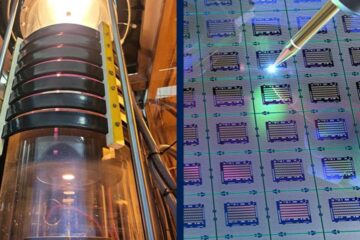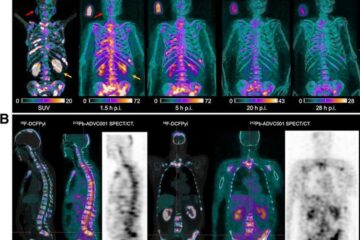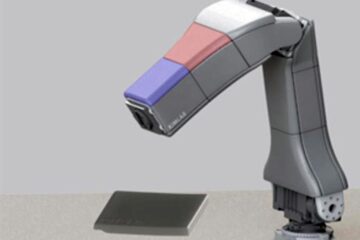Teachers lack tools for competent literacy instruction

A thesis from the University of Gothenburg, Sweden, reveals that many teachers have insufficient knowledge of how the spoken language is converted into written language, and that they lack basic knowledge about the general processes involved in learning to read and write.
Tarja Alatalo’s study is based on teachers’ own testimonies and responses to interview questions and a questionnaire on conditions for teaching and approaches, attitudes and knowledge about the process of learning to read and write. “A large proportion of the teachers in the study group have gaps in their knowledge when it comes to the structure of the Swedish language and common Swedish spelling rules. They also seem to be unaccustomed to providing detailed descriptions of pupils' reading development, and to have difficulty giving a systematic account of aspects of daily literacy instruction,” says Tarja Alatalo.
Counting speech sounds
“One example of important teacher knowledge is speech sounds, or phonemes, in spoken language. Speech sounds are the smallest units of sound in a language and the very foundation of a child’s knowledge of reading. Teachers who are not aware of this are less able to identify pupils who are experiencing writing difficulties,” says Tarja Alatalo.
One consequence of teachers’ knowledge gaps seems to be that when pupils have cracked the reading code, or if they are experiencing reading difficulties, many teachers tend to one-sidedly place emphasis on getting pupils to read more. This can mean that those pupils who might need to spend more time practising the basic technical aspects of reading or reading comprehension strategies are left without support, because the teacher lacks additional tools.
“There is a risk that the lack of varied and individual training in reading fluency and reading comprehension will lead to pupils falling behind in their reading development. The skill of the teacher is highly significant, particularly considering that 25-35 percent of Swedish pupils in years 3 and 4 (ages 9–11) have difficulty comprehending texts, and that 3–7 percent of school pupils have specific reading and writing difficulties.”
Inconsistent levels of knowledge
The various forms of basic teacher training that have been used over the past few decades have led to inconsistent levels of knowledge in relation to teaching literacy skills.
The teacher training syllabus introduced in 2011 states that knowledge of reading and writing processes should form an essential aspect of the skills required for a basic teaching qualification for working with years 1–3.
Tarja Alatalo’s thesis has been produced within the framework of the educational research school at the Centre for Educational Science and Teacher Research at the University of Gothenburg. She taught the earliest year groups at primary school for a period of ten years and now trains teachers at Dalarna University.
For more information, please contact: Tarja Alatalo
Telephone: +46 (0)23 778487, +46 (0)709 668058
Email: tao@du.se
Media Contact
All latest news from the category: Science Education
Newest articles

Silicon Carbide Innovation Alliance to drive industrial-scale semiconductor work
Known for its ability to withstand extreme environments and high voltages, silicon carbide (SiC) is a semiconducting material made up of silicon and carbon atoms arranged into crystals that is…

New SPECT/CT technique shows impressive biomarker identification
…offers increased access for prostate cancer patients. A novel SPECT/CT acquisition method can accurately detect radiopharmaceutical biodistribution in a convenient manner for prostate cancer patients, opening the door for more…

How 3D printers can give robots a soft touch
Soft skin coverings and touch sensors have emerged as a promising feature for robots that are both safer and more intuitive for human interaction, but they are expensive and difficult…





















